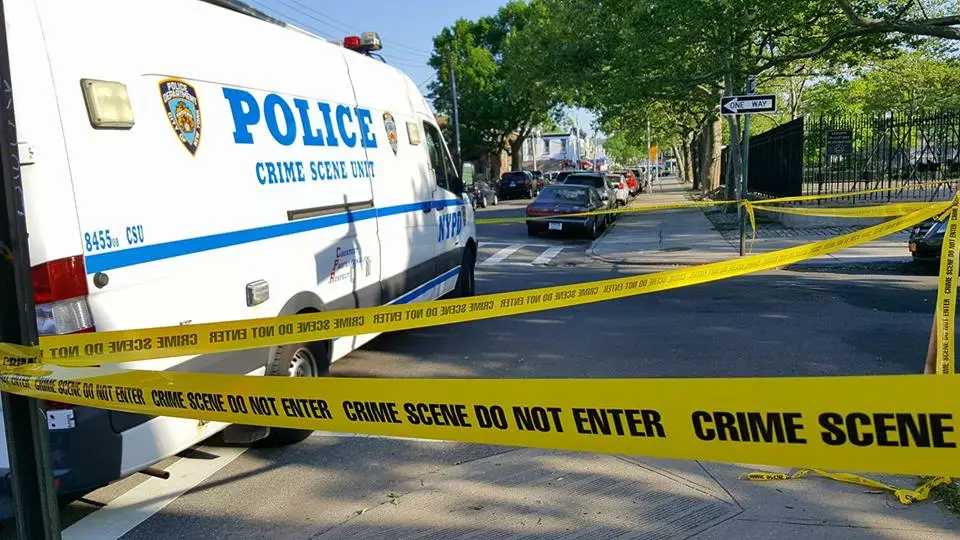Things to do in NYC
Jan. 10, 11 am
Latest News
 Bronx man stabbed to death near pizzeria a short walk from his home: cops
Bronx man stabbed to death near pizzeria a short walk from his home: cops Online directory helps families navigate the many charter schools in NYC
Online directory helps families navigate the many charter schools in NYC Congestion Pricing: Hochul celebrates Manhattan toll program’s ‘extraordinary’ results on its one-year anniversary
Congestion Pricing: Hochul celebrates Manhattan toll program’s ‘extraordinary’ results on its one-year anniversary Mamdani’s federal security clearance still pending as city coordinates on Maduro case
Mamdani’s federal security clearance still pending as city coordinates on Maduro case Queens Democratic Party nominates Diana Moreno to succeed Mamdani in AD36
Queens Democratic Party nominates Diana Moreno to succeed Mamdani in AD36

Tackle the city, with our help.
Close
News, events, culture and more — delivered to you.
Thank you for subscribing!
Sports
 Knicks could use Giannis Antetokounmpo, even after James Dolan’s comments
Knicks could use Giannis Antetokounmpo, even after James Dolan’s comments Perfect timing fueled Michael Bradley, Red Bull New York union
Perfect timing fueled Michael Bradley, Red Bull New York union Yankees’ interest in Bo Bichette continues to fuel Jazz Chisholm trade rumors
Yankees’ interest in Bo Bichette continues to fuel Jazz Chisholm trade rumors Malik Nabers injury: Giants star WR no guarantee for Week 1 of 2026 season
Malik Nabers injury: Giants star WR no guarantee for Week 1 of 2026 season Giants ownership doubles down on Joe Schoen staying on as GM
Giants ownership doubles down on Joe Schoen staying on as GM
Entertainment
 NYC landmarks, including miniature Brooklyn Bridge, highlight Holiday Train Show at NYBG
NYC landmarks, including miniature Brooklyn Bridge, highlight Holiday Train Show at NYBG ‘Solos & Duets’ offers post-holiday indulgence that you won’t want to miss
‘Solos & Duets’ offers post-holiday indulgence that you won’t want to miss ‘Dogs of Cythera’ at Museum of Modern Arts shows how Dorothea Tanning revealed motion evolving into power
‘Dogs of Cythera’ at Museum of Modern Arts shows how Dorothea Tanning revealed motion evolving into power 2026 PREVIEW: These are the rising New York stars of stage and screen to watch this new year
2026 PREVIEW: These are the rising New York stars of stage and screen to watch this new year Re-engineering modernism: Wilfredo Lam’s powerful works at the Museum of Modern Art
Re-engineering modernism: Wilfredo Lam’s powerful works at the Museum of Modern Art
Crime
 Bronx man stabbed to death near pizzeria a short walk from his home: cops
Bronx man stabbed to death near pizzeria a short walk from his home: cops Central Park assault: Young suspects sought for brutal shove of senior woman
Central Park assault: Young suspects sought for brutal shove of senior woman Members of auto theft crew stole a car in Flushing during ten-week crime spree: NYPD
Members of auto theft crew stole a car in Flushing during ten-week crime spree: NYPD Nicolás Maduro pleads not guilty to drug trafficking, gun charges in Manhattan
Nicolás Maduro pleads not guilty to drug trafficking, gun charges in Manhattan  Five-alarm fire tears through Bronx deli and building; FDNY says at least two injured
Five-alarm fire tears through Bronx deli and building; FDNY says at least two injured














